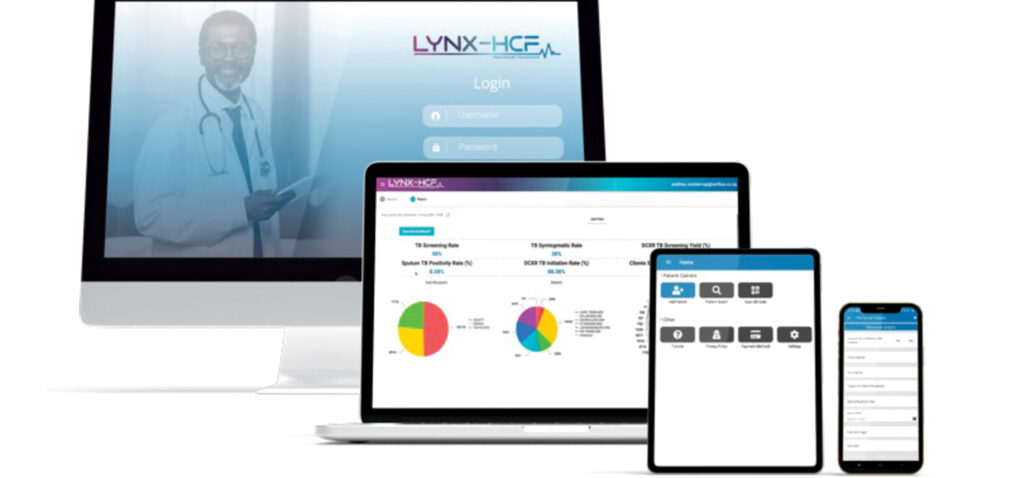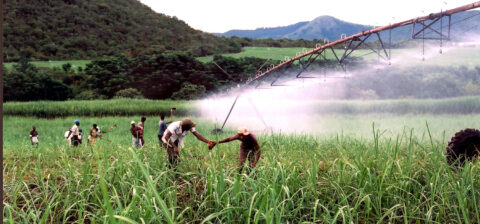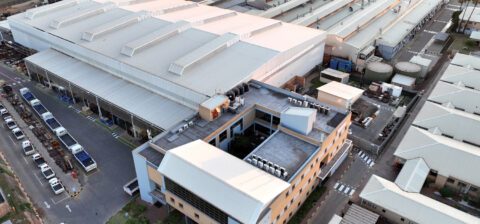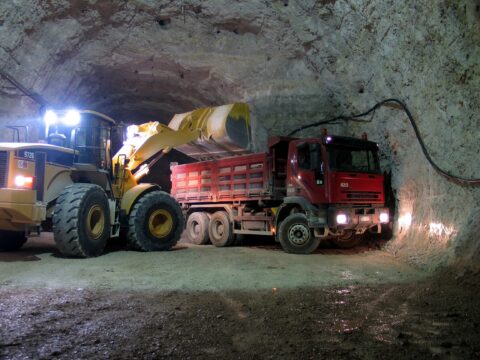SA Mining
LTE Medical Solutions Provides Innovative Healthcare
“With mining and industrial companies required to provide occupational health as well as corporate wellness to both their employees and communities exposed to various risks and hazards within the workplace, LTE provides assistance to organisations in the mining and industrial space in rendering occupational healthcare effectively. This is particularly true for companies who don’t have a budget to set up an onsite healthcare facility.”
Established in 2012, LTE is a division of Vertice Healthcare, one of South Africa’s largest private healthcare organisations, and its core focus is on delivering innovative healthcare solutions for high burden diseases, including (among others) tuberculosis (TB) and HIV.
With a track record in more than 20 African countries, LTE offers mobile healthcare clinics, comprehensive occupational health software systems, cutting-edge computer-aided diagnosis (CAD) software, capital medical and radiology equipment, and outsourced health screening services.
As a specialist in mobile healthcare solutions, LTE strives to provide healthcare services that support organisations in the mining and industrial sectors. The mobile healthcare clinics’ offering includes mobile occupational clinics for occupational lung disease screenings; TB prevalence studies; periodic and exit X-ray examinations; and benefit medical examinations.
These units can be deployed to even the most remote areas, operating using solar power and offline capable software solutions, which include a comprehensive monitoring and evaluation patient management platform (Lynx-HCF), cloud-based picture archiving and communication system (PACS) – for radiology image storage, and CAD artificial intelligence (AI).
This allows for electronic data collection during screening and consultations, eliminating human error, automating acquisition of digital X-rays, CAD AI-assisted CXR pathology classification, and clinical workflow management. Vorster says this enables X-rays taken, for example, on a site in Tanzania to be sent to South Africa for interpretation by a specialist.
“We can supply our clients with either specific medical equipment hardware or provide mobile clinics as turnkey solutions, which are fully self-sustainable and can be placed at specific sites to offer healthcare services for both contractors and employees. We also offer a fully outsourced model where we operate the clinics by providing the healthcare workers as well,” he says.
To ensure high-quality service delivery, LTE’s mobile clinics can be provided with qualified medical personnel, including radiographers and remotely supported radiologists. Supported through its e-health solution Lynx-HCF, this approach leverages the integration between hardware and software technologies, optimising workflow, making medical evaluations quicker, sharing expensive resources like specialist doctors to obtain optimal outcomes in the shortest time, and positively impacting both costs and efficiencies.
Vorster says the company uses the latest in AI (Qure.ai) software, integrated within the patient management software Lynx-HCF, which can identify nearly 30 different lung pathologies including TB, lung nodules and congenital defects in under a minute. The use of CAD AI is endorsed by the World Health Organization and is used in various TB studies globally, and in South Africa.
“In essence, TB as well as other lung pathologies can be detected in less than a minute, which assists with targeted diagnosis and referral management of employees. For mines, this means that a decision on whether to send an employee back to work can be made more quickly, depending on what the CAD AI picks up.”
Currently miners are only allowed to go down a shaft once they have a certificate of fitness. That can take anything up to 48 hours to obtain, leaving mine workers forced to remain idle until they receive the certificate, resulting in a loss in productivity. The CAD AI tools are especially useful when used during large-scale screenings.
“LTE is currently involved in some of the largest TB screening programmes of this nature in Africa. In fact, just here in SA, we were appointed by South Africa’s National Department of Health to supply our integrated solutions, as part of a Global Fund project for active TB case finding, to screen some 620 000 participants. We have also been appointed to supply similar solutions to other customers in both the public and private healthcare sectors.”
According to Vorster, conventional TB testing methods are expensive, and using CAD AI to screen clients reduces costs, because only those clients who display abnormalities will require further testing.
Innovative smart solutions
Discussing how its innovative smart solutions operate, Vorster explains that LTE’s mobile units are equipped with the latest cutting-edge radiology, medical technology, and renewable power systems. These allow for travelling to various sites – urban, semi-urban and rural – where clinical examination and testing is required. Completed screenings are uploaded in real time onto a cloud server (with offline functionality in areas with no internet access) and access to data is provided to the clients within a matter of minutes.
“This enables us to reach people in remote areas and offer them the same reports and quality of service that a person standing in front of a doctor would get,” says Vorster.
LTE’s mobile clinic service is especially useful to small mining operations, which are unable to provide the services that big mines have. They are also supportive of healthcare-related services such as HIV screening, wellness screening and community health screening services, as part of mines’ efforts to improve healthcare outcomes in surrounding communities, through their corporate social responsibility initiatives.
Expanding innovation
Being an innovator in delivering new solutions for occupational health, corporate wellness and community-based screening, LTE’s research and development division pushes the boundaries of how mobile-based radiology can be rendered.
The company recently launched its XPOD, a revolutionary self-contained X-ray equipped facility that offers a controlled environment for high-volume chest X-ray examinations in a small footprint. CAD AI-enabled, it is ideal for screening services close to operational areas, and can be used to screen for tuberculosis, silicosis, and other lung pathologies.
By combining locally developed software care plans that include, among others, mental wellness, HIV, skin cancer, vaccinations, and tele-medicine consultation services, the Lynx-HCF platform allows for a comprehensive employee management platform, ensuring better health risk assessment and greater access to clinical resources.
“We strive to provide locally built solutions that are made in Africa, for Africa, and allow for greater access to healthcare at lower cost,” says Vorster.
LTE provides its mobile clinics, radiology solutions and health software systems across Africa and as a Vertice Healthcare company conforms with ISO13485, ISO9001, ISO27001 quality standards on the products it produces and supports.
Our impact
“LTE as a company remains rooted in its principle of delivering quality healthcare to those who need it most,” says Vorster. “At the core of its values are the people, the clients and communities LTE serves and operates in.”
Its focus is around early detection, which results in timeous and relevant care to the end clients. This ensures good clinical outcomes and helps organisations maintain healthy workforces. Supporting and reaching those who cannot easily access services avoids late presentation for healthcare, often with complications and comorbidities, thereby reducing the burden on the health system.
“Being able to assist miners, employees and employers to live a healthier life, by supporting screening and early detection of life-threatening diseases, is something we are proud of,” says Vorster.





